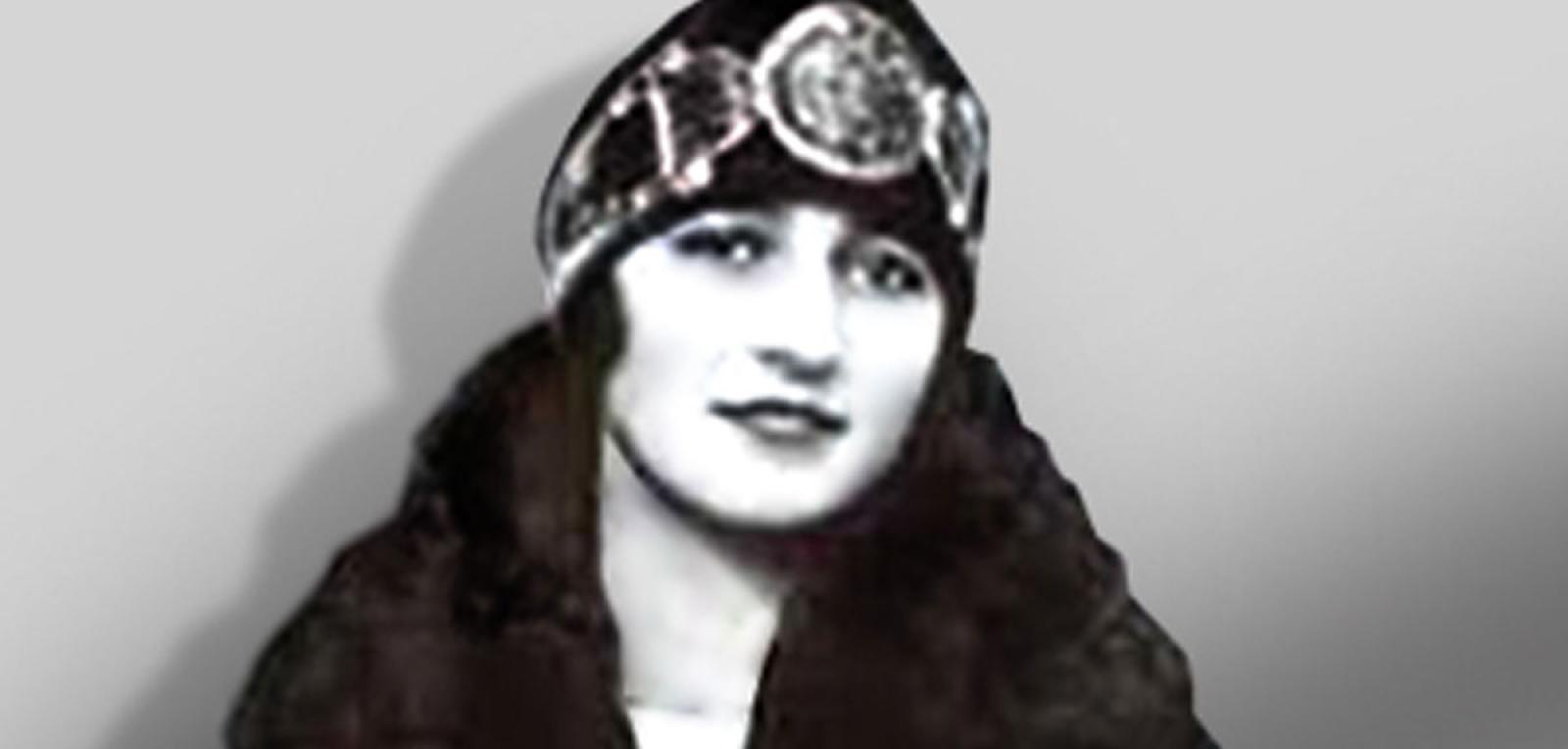
Among the legendary characters that swarm in Cuba by the work and grace of the people’s will is María Calvo Nodarse, unknown by that name, but unforgettable as La Macorina, the first woman to drive a car on the island, among other varied attributes ... As in all myths, there are inaccuracies in her story, but what is said about her contains much truth as the protagonist herself was in charge of clarifying -or masking and decorating- in interviews she gave before her death on 15th. June, 1977.
María Constancia Caraza Valdés, which is said to be her real name, was born in 1892 in the western town of Guanajay and at the age of 15 she escaped with her boyfriend to Havana, where, to overcome economic hardships, she became a famous and selective prostitute.
The chroniclers attribute her beauty, charisma and daring to La Macorina, who shook the main streets of Havana, such as the Malecón and Paseo del Prado, when she was at the helm of her red convertible.
She was famous from 1917 to 1934, she rubbed shoulders with select circles of Cuban society at the time and had wealthy friends, including José Miguel Gómez, who was President of the Republic. quot;More than a dozen men remained at my feet, flooded with money, pleading for love,quot; she said in a 1958 interview.
The nickname that gave her fame was due to La Fornarina, a Spanish artist of great popularity in those years. One night when María Calvo was in her car on the sidewalk of El Louvre, one of the young people who gathered there, after drinking, mistook her name and exclaimed, quot;there goes the Macorinaquot;.
The pioneer of the era of women at the wheel in Cuba, she owned nine cars, four luxurious residences in Havana, two of them in El Vedado, racehorses, valuable jewels ..., although she, upon her death, she wore a humble life.
The writer Miguel de Carrión took her as a model for one of his characters, the painter Cundo Bermúdez reflected it in one of his works, his image paraded in the traditional Charangas de Bejucal, the musician Antonio María Romeu dedicated a popular danzón to her and the Asturian poet Alfonso Camín wrote a poem that the singer Chavela Vargas immortalized, quot;... put your hand here Macorina ...quot;.